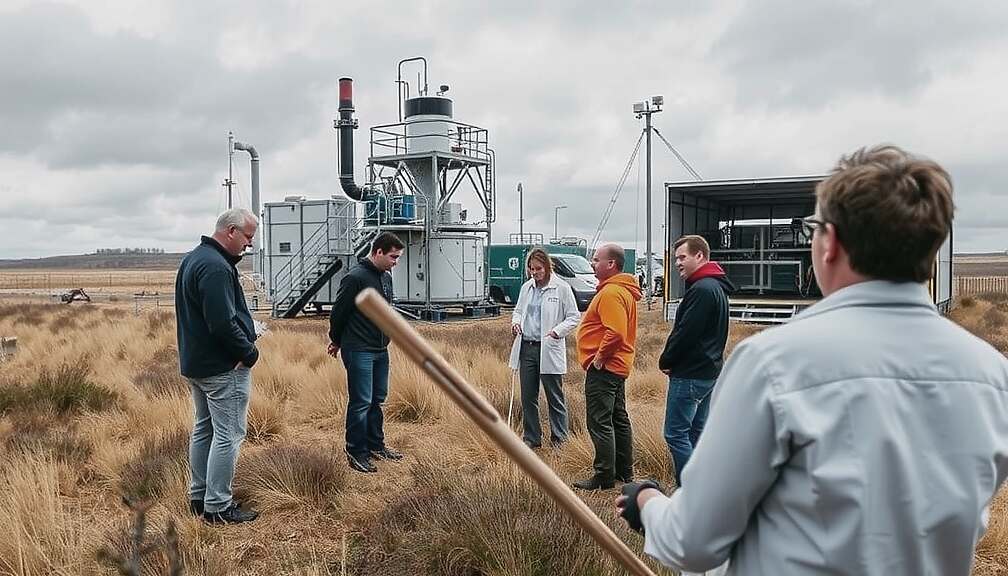Scientists at the University of Stuttgart and the Free University of Berlin have announced the discovery of organic compounds on Saturn’s moon Enceladus, potentially significant for the emergence of life. The findings, detailed in a recent publication, stem from analysis of data collected by the Cassini spacecraft during a 2008 flyby.
During the remarkable maneuver, Cassini passed within just 21 kilometers (approximately 13 miles) of Enceladus’ surface, gathering samples directly from the moon’s icy geysers. The spacecraft’s high speed – nearly 65,000 kilometers per hour (40,400 miles per hour) – allowed previously undetectable signals from organic molecules to be captured. Among these compounds identified were pyrimidines, which serve as essential building blocks of DNA on Earth.
The identification of these organic molecules provides crucial information in preparation for the European Space Agency’s (ESA) planned mission to Enceladus, currently slated for 2040. Researchers theorize that these organic compounds likely originate from hydrothermal activity on the ocean floor beneath Enceladus’ icy crust, mirroring environments on Earth that are known to support life. The discovery significantly strengthens the possibility of a habitable environment within the moon’s subsurface ocean.












